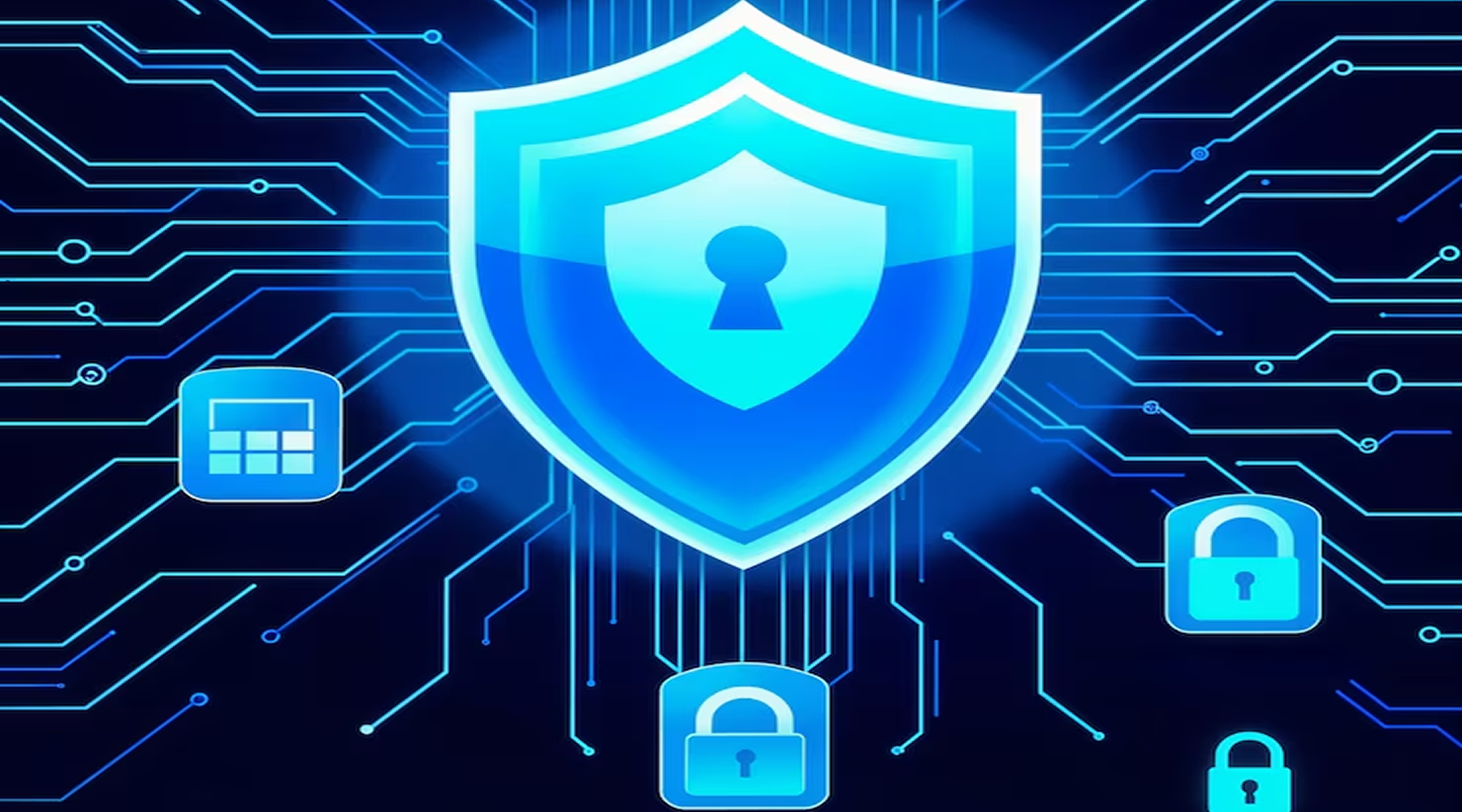As businesses highly rely on digital technologies, cyber threats have grown more sophisticated and frequent, making cybersecurity a priority for organizations of all sizes.
While prevention is critical, many businesses struggle to recover financially and operationally after a cyberattack.
This gap has created a pressing need for comprehensive cyber security coverage, which combines robust preventive measures with financial protection to support rapid recovery.
Cyber Threats: A Growing Concern
The statistics paint a daunting picture:
The cost of cybercrime is predicted to reach $10.5 trillion globally by 2025, a significant leap from $3 trillion in 2015.
43% of cyberattacks target SMBs, yet only 14% of them are prepared to defend themselves.
The time to identify and contain a breach in 2023 was 280 days on average, leading to prolonged operational disruptions and higher costs.
The stakes are especially high for SMBs, where a breach’s reputational and financial effect can be catastrophic. These organizations often lack the resources to recover, with 60% of SMBs closing within six months of a major attack.
Why Cyber Security Coverage Matters
Preventive tools like firewalls and endpoint security are essential but not foolproof. Cybersecurity coverage bridges the gap by offering financial and operational support when defenses fail. Here’s how:
Quick Financial Recovery
Cyberattacks can result in costly downtime, data recovery, and legal expenses. With effective coverage, businesses receive immediate payouts to manage these costs, minimizing disruption.
Reducing the Impact of Downtime
Every minute of downtime hurts a business’s bottom line and reputation. On average, businesses lose $300,000 per hour during an outage. Cyber security coverage ensures businesses can restore operations quickly, maintaining customer trust.
Safeguarding Against Reputational Damage
A breach can erode customer confidence. Coverage that supports swift recovery and transparent communication can help businesses protect their reputation and retain client loyalty.
Limitations of Traditional Cyber Insurance
Traditional cyber insurance, while helpful, often falls short of meeting modern businesses’ needs:
- Delayed Payouts: Claims processes can take weeks or months, delaying critical recovery efforts.
- Ambiguity in Policies: Complex terms and exclusions often leave businesses uncertain about what is covered.
- Lack of Proactivity: These policies focus solely on financial recovery, offering little support for proactive risk management.
Modern cyber security coverage, on the other hand, offers faster, more transparent solutions that align with today’s fast-paced threat landscape.
The Next Generation of Cybersecurity Solutions
Innovative approaches are reshaping how businesses handle the aftermath of cyberattacks. Key advancements include:
Smart Contracts for Instant Payouts
Smart contracts use pre-agreed terms to automatically trigger payouts when a breach is verified, eliminating delays associated with manual claims processes.
Verified Data for Transparency
Leveraging real-time data ensures that claims approvals are unbiased and accurate, reducing disputes and improving trust in the process.
Integrated Continuity Planning
Modern cybersecurity coverage is designed to complement broader business continuity strategies, offering not just financial support but also actionable insights to prevent future incidents.
Steps to Strengthen Your Cybersecurity Framework
To effectively protect against and recover from cyber threats, businesses should adopt a holistic approach:
Enhance Preventive Measures: Invest in advanced threat detection, firewalls, and regular vulnerability assessments.
Prioritize Employee Training: Human error accounts for the majority of breaches. Training employees to recognize threats like phishing can significantly reduce risks.
Create an Incident Response Plan: A well-documented plan ensures swift action during a breach, minimizing damage.
Incorporate Cyber Security Coverage: Complement preventive measures with financial protection to safeguard against the high recovery costs.
How DLT Alert Bridges the Gap
While many solutions exist to address parts of the cybersecurity puzzle, DLT Alert stands out by delivering comprehensive financial protection tailored for SMBs. The company’s approach focuses on:
Immediate Financial Relief: Leveraging smart contracts, DLT Alert ensures payouts are delivered as soon as a breach is confirmed, reducing downtime and financial strain.
Streamlined Processes: Using verified data, DLT Alert eliminates the inefficiencies and ambiguities associated with traditional insurance claims.
Business Continuity Focus: With coverage designed to minimize operational disruptions, businesses can recover faster and stronger.
Founded in 2021 during the surge of cyberattacks linked to the COVID-19 pandemic, DLT Alert combines decades of cybersecurity and financial expertise to address the unique challenges SMBs face.
Conclusion
Cyber threats are here to stay, and the stakes are higher than ever. Companies need comprehensive solutions that address both defense and recovery.
Cyber security coverage is crucial to this strategy, offering the financial protection and operational support needed to withstand today’s evolving threats.
Investing in cybersecurity coverage isn’t just about mitigating risks—it’s about empowering your business to thrive, no matter the challenges.
Also Read: What Role Does Cyber Security Coverage Play in an Organization’s Risk Management Strategy






